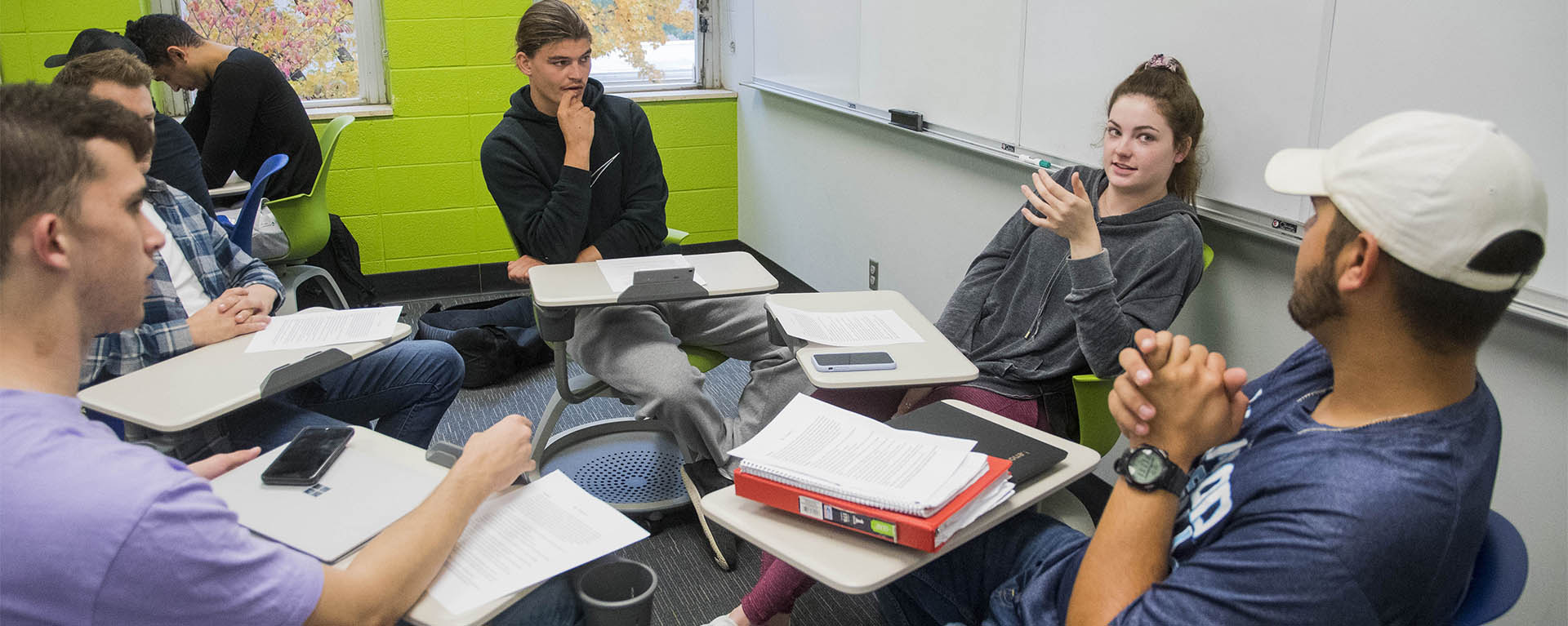
Answer 1
TRUE!
While the student’s work is considered copyrighted, you did contact the student and ask for permission. You may post it to course content, but you should add a notice of the author’s name and that you have permission to reproduce it. Also, Washburn University requires a signed release form to post any student work to the Web (including online courses).
Answer 2
FALSE!
While the content is in the public domain, the Web pages are another matter. The site is considered a copyrighted work (design, layout, etc.). If you choose to copy the content rather than link to the site, be sure to include proper citation that the material was obtained from the public domain, with a reference to the original Web site.
Answer 3
TRUE!
The easiest way to make the article available is to create a link to it from your course. Most newspapers now offer full text of their major articles online, although some can be difficult to find. You can visit the newspaper’s Web site, copy the URL for the article, and paste it into a message for the Discussions Area.
Answer 4
TRUE!
Although the law prior to the TEACH Act may not have allowed the use of copyrighted images without permission, the TEACH Act states that one may display "a work in an amount comparable to that which is typically displayed in the course of a live classroom session."
The senate report (107-31) on the TEACH Act also specifically mentions images "for certain works, display of the entire work could be appropriate and consistent with displays typically made in a live classroom setting (e.g., short poems or essays, or images of pictorial, graphic, or sculptural works, etc.)."
The TEACH Act also requires "the performance or display is directly related and of material assistance to the teaching content." As such, it is important to keep in mind the relevance of the image to the material. A photo to be studied or referenced within the material is acceptable while one used for aesthetic reasons may not be.
Answer 5
FALSE!
According to the TEACH Act, one is only allowed to use a copyrighted work if the "display of a work [is] in an amount comparable to that which is typically displayed in the course of a live classroom session."
Fair Use takes into consideration the nature of the work as one of the "four factors" in determining its use. Although the work is being used for educational purposes, the nature of the work (creative rather than factual) and the amount being copied can potentially weigh against the spirit of Fair Use.
Section 107 of the US Copyright code states that one of the weighing factors for Fair Use is "the amount and substantiality of the portion used in relation to the copyrighted work as a whole." According to guidelines from the US Copyright Office, an excerpt from a long prose work shall be "not more than 1,000 words or 10% of the work, whichever is less." While quoting one chapter may be acceptable, copying more will probably be considered excessive.
Finally, the TEACH Act does allow the instructor to convert the material to digital format if no digital format of the material is available to the institution.

